Arizona provides the perfect environment for cycling year-round. Whether you prefer city trails or unpaved roads in the mountains and deserts, you will find many places to ride your bike throughout the state.
Unfortunately, any time you mix vehicle and bicycle traffic, you will have bicycle accidents. Most bicycle crashes in Arizona occur in Phoenix. Fortunately, both Maricopa County and the city of Phoenix have comprehensive plans to expand bicycle infrastructure in their jurisdictions.
Bicycle Crash Statistics in Phoenix, Arizona
According to Arizona’s annual Motor Vehicle Crash Facts Report, in 2021, the state experienced 1,027 collisions between bicycles and motor vehicles. This number represented the continuation of a downward trend in bike accidents. Cycling accidents reached a high point in 2017, with over 1,500 accidents. Since then, bike crashes have steadily dropped.
Importantly, the number of bicycle accidents has fallen despite enormous population growth. More people usually means more cars on the road and, as a result, more collisions between bicycles and motor vehicles. But Arizona’s bicycle crashes dropped even though its population grew by nearly 300,000 residents over the same period.
One caveat to this trend is that bicycle deaths jumped in 2021. But the number of fatalities has spiked and fallen several times since 2017, which means 2021’s numbers might have represented an outlier.
According to the 2021 Crash Facts Report, most bicycle crashes happen during the daytime, with only 22% of the state’s bike accidents occurring during nighttime. But when night crashes did happen, they were more deadly: 40% of the crashes at night caused a fatal injury, making them nearly twice as likely to kill as day crashes.
Maricopa County experienced 702 bicycle crashes in 2021, representing 68% of all bicycle crashes in Arizona. This makes sense; as the state’s most populous region, the Phoenix metropolitan area has more cyclists and vehicles to hit them than other cities and towns.
Interestingly, rural bicycle crashes in 2021 had fewer total fatalities but a higher fatality rate. Conversely, urban bicycle accidents killed and injured more cyclists but had a lower fatality rate.
Outcomes of Phoenix Bicycle Accidents
Arizona’s bicycle crashes included 45 fatal collisions and 982 injury accidents, according to the 2021 Crash Facts Report. When you add up all the cyclists and motor vehicle occupants who suffered an injury in a collision, these crashes caused 45 deaths and 1,005 injuries. Most of these injuries and deaths happened to cyclists. But on a few occasions, a vehicle occupant suffered injury or death.
The injuries suffered in Arizona car crashes included:
- 135 serious injuries that required an ambulance
- 541 minor injuries that caused a visible wound but did not require an ambulance
- 329 suspected injuries that produced symptoms like pain but no visible injury
The Crash Facts Report did not provide many details on the outcomes of bicycle accidents at the county level. But it did give broad statistics about injuries and deaths.
Bicycle crashes in Maricopa County killed 26 people and injured another 681 people. Compared to the rest of the state, bicycle crashes in the Phoenix metropolitan area — including Maricopa County — accounted for about 58% of the state’s deaths and 68% of the state’s injuries.
Causes of Bicycle Crashes in Arizona
The causes of bicycle accidents vary based on the location of the accident. Check out a few of the most common bike collision locations below.
Intersection Crashes
Intersection accidents often happen when a driver fails to yield the right of way to cyclists.
This occurs when drivers:
- Make a right turn and hit a cyclist in the crosswalk
- Make a left turn and collide with an approaching cyclist riding on the far shoulder
- Run a stop sign or red light
- Refuse to yield the right of way to a cyclist at a four-way stop
Intersection crashes happen for two primary reasons. First, drivers forget that cyclists have all the rights and duties of drivers. As a result, drivers must yield to bicycles in the same situations where they would yield to cars or trucks.
Second, drivers at intersections can get overloaded with visual information. They can miss spotting cyclists due to their small size. As a result, drivers may proceed when no cars or trucks are approaching, even though a bicycle is in or near the intersection.
Road Crashes
Road accidents typically happen when drivers overtake bicyclists in an unsafe manner. Instead of leaving space between the vehicle and the bicycle during a passing maneuver, drivers can crowd cyclists. And in cases where they should leave space when changing lanes, drivers can cut cyclists off. Both actions can cause bicycle accidents.
Locations of Bike Accidents in Phoenix
Phoenix has analyzed its pedestrian and bicycle crash data to identify dangerous roads and intersections. The city used this data to create a High Injury Network map.
Some of the most dangerous roads for pedestrians and bicyclists include:
- 19th Ave.
- 35th Ave.
- 43rd Ave.
- Bell Rd.
- Indian School Rd.
Some of the most dangerous intersections identified using the same process include:
- McDowell Rd. and 27th Ave.
- Buckeye Rd. and 7th Ave.
- Indian School Rd. and 3rd Ave.
- Thomas Rd. and 43rd Ave.
Unfortunately, the city’s most dangerous roads and intersections are also its major routes. As a result, you may have difficulty avoiding them if you commute using your bicycle.
Phoenix Bicycle Infrastructure
The City of Phoenix provides comprehensive bike maps showing all its jurisdiction’s trails and bike lanes.
Phoenix has several multi-use trails that are closed to motorized vehicles, including:
- Arizona Canal Path
- Grand Canal Path
- New River Trail
- Eastern Canal Path
- Gilbert Western Canal Path
- Gilbert Heritage Trail
These trails can take you to many places throughout the city. However, if you plan to use your bicycle for commuting, you must leave the trails. According to the League of American Bicyclists, 19% of Phoenix’s highways and 14% of its roads have bike lanes. For that reason, you may need to use public transit to access much of the city by bike.
Fortunately, Valley Metro’s buses and light rail train cars have bicycle racks for passengers. Racks sit on the front of buses and near the doors of light rail train cars.
Navigating Phoenix’s Roads by Bike
Phoenix has a fairly good reputation for bicycle friendliness and safety. Just remember to plan your route, watch for careless drivers, and wear a helmet.

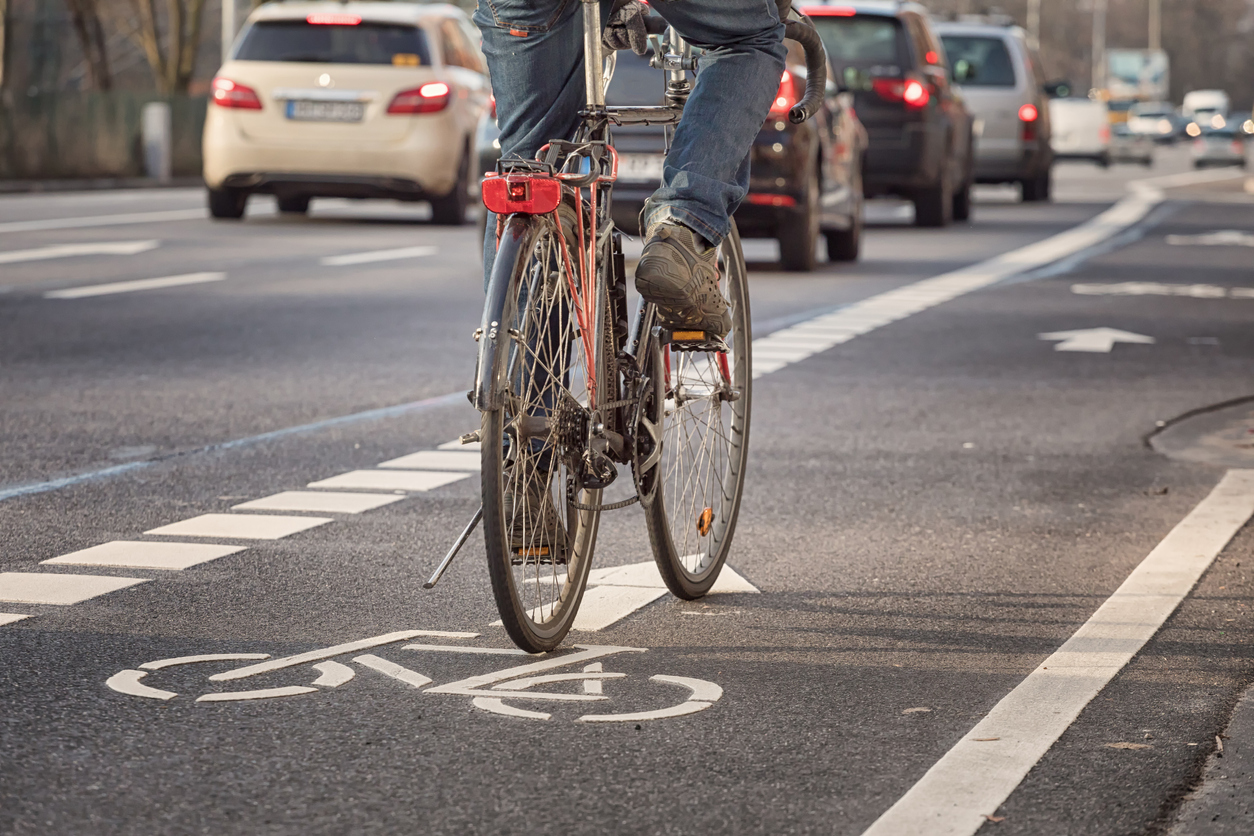
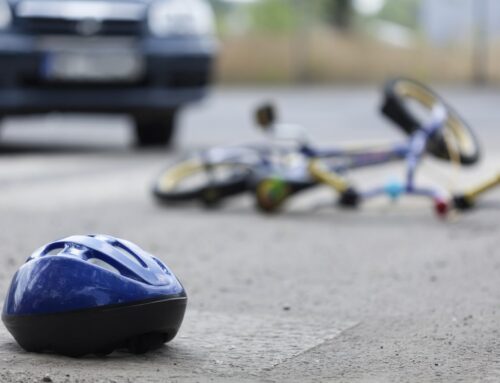
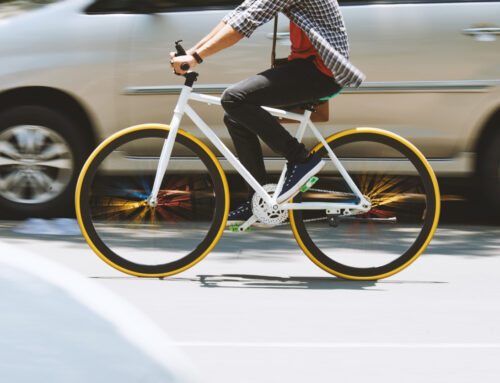
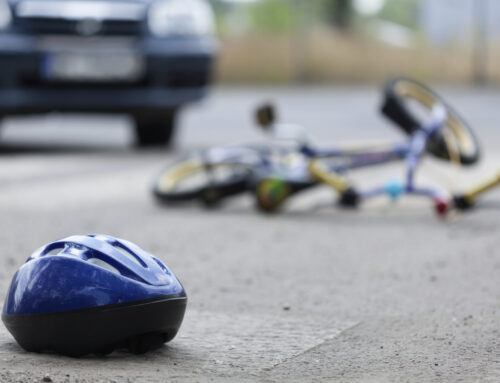
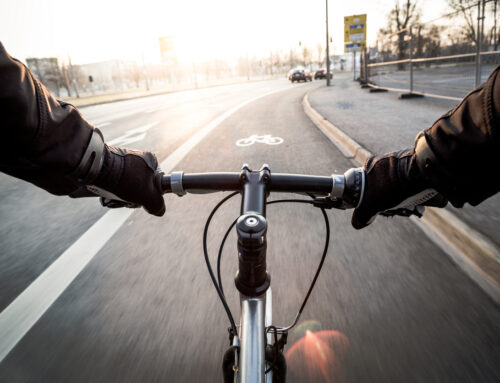
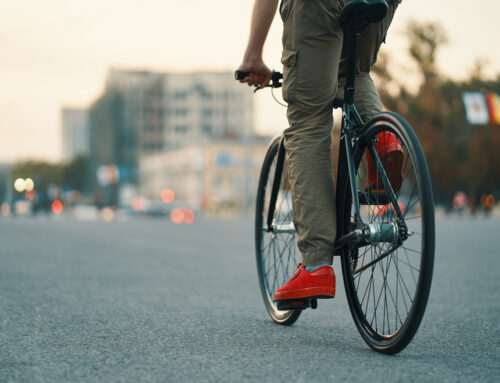
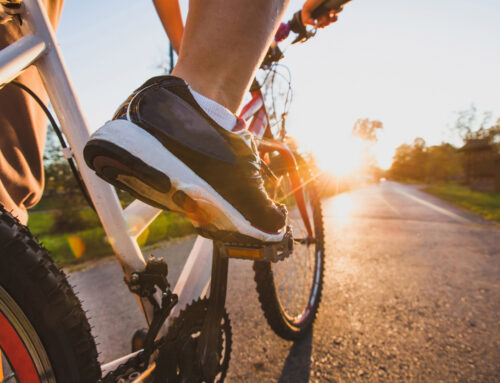
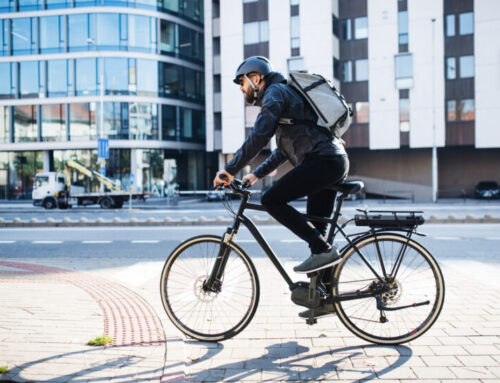
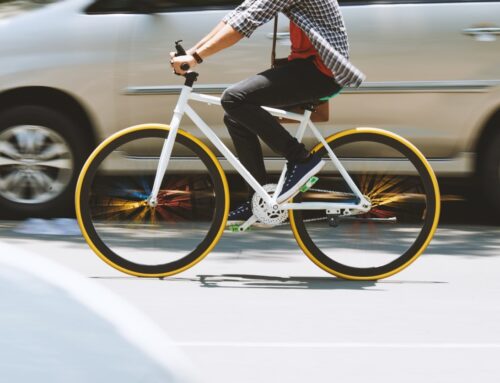
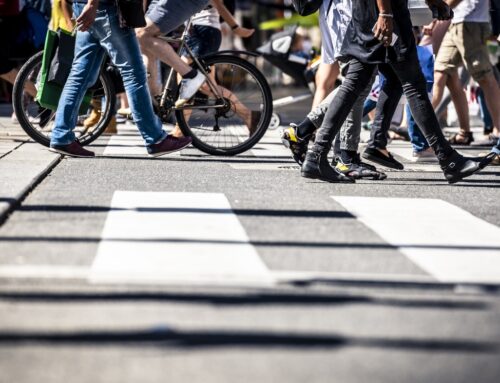
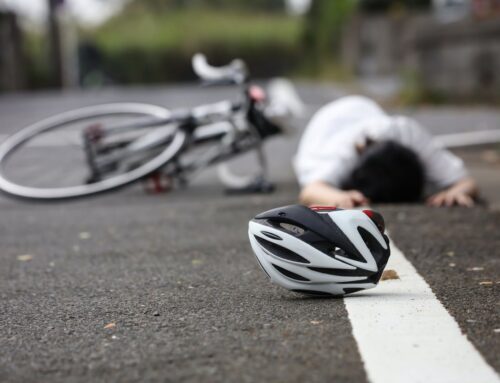
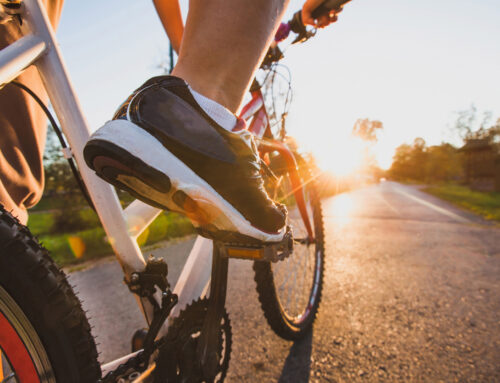
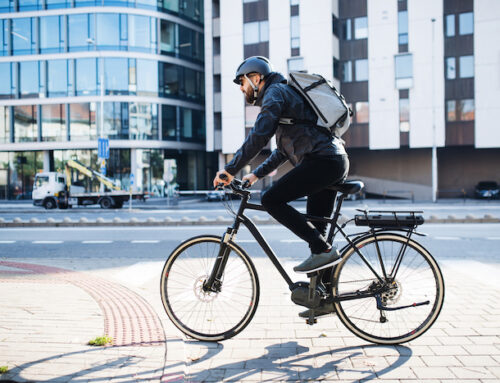
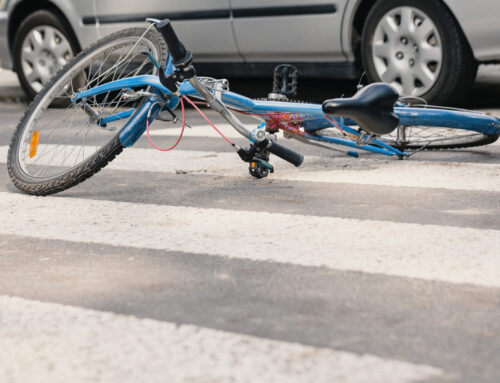
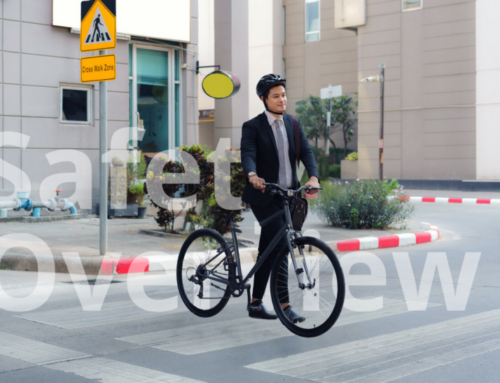
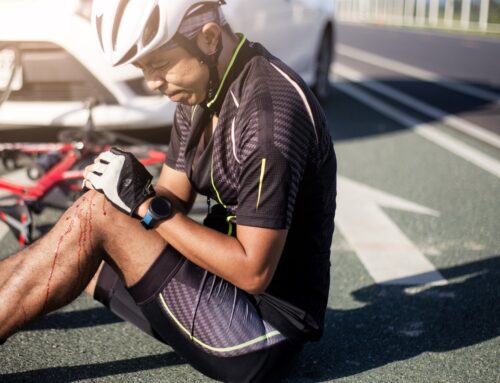
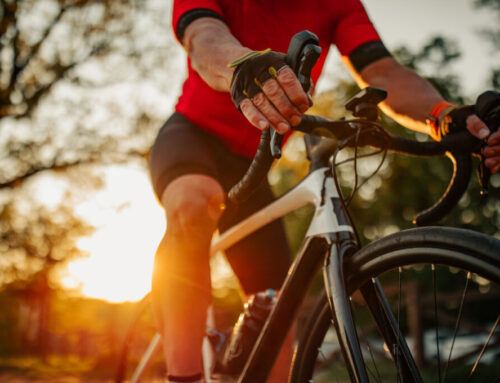
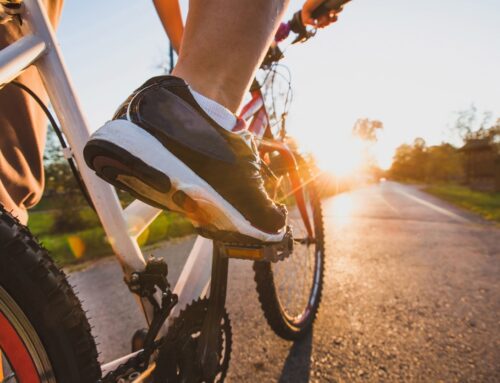
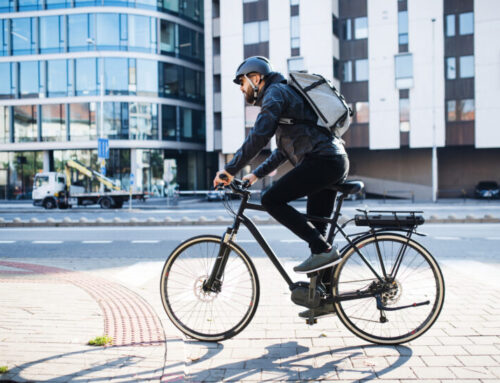
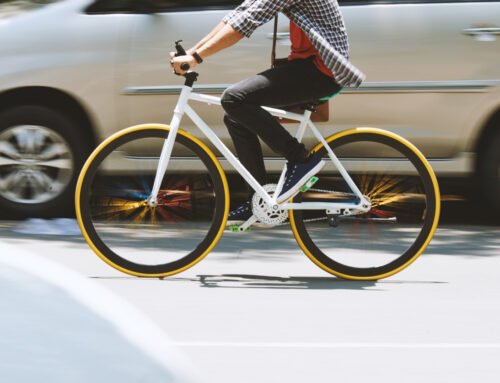
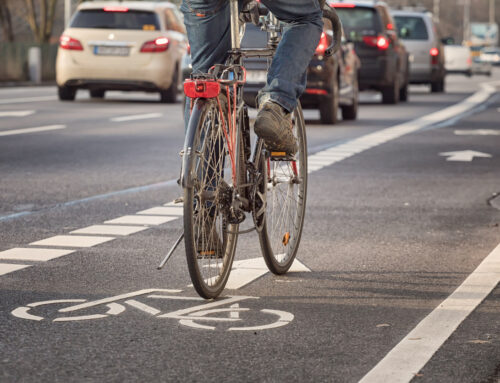
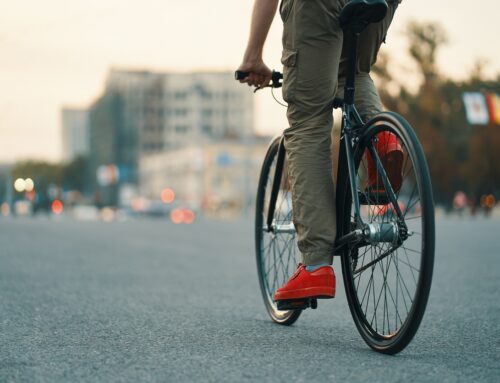
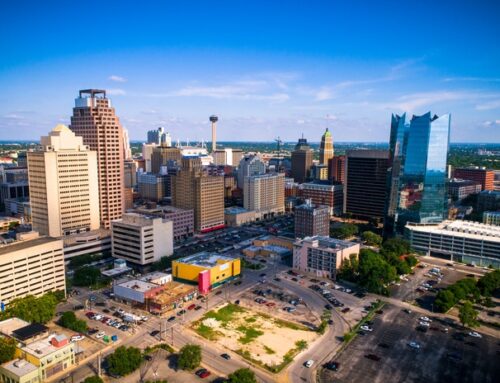
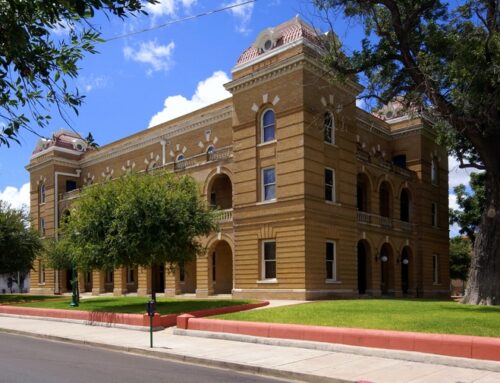
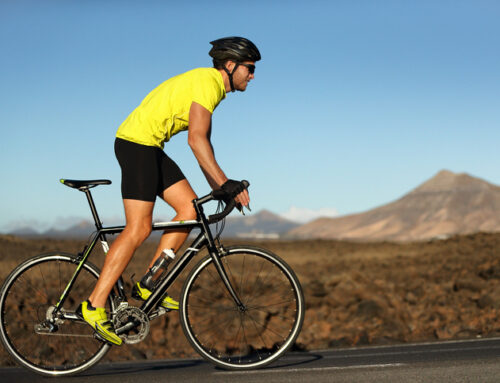
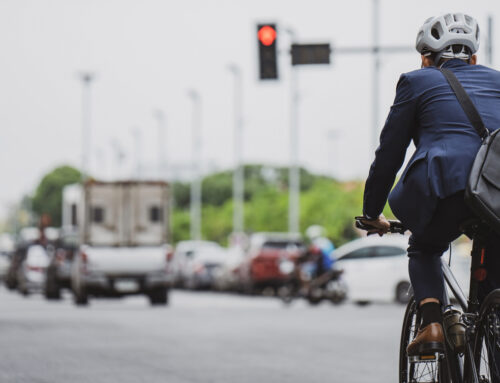
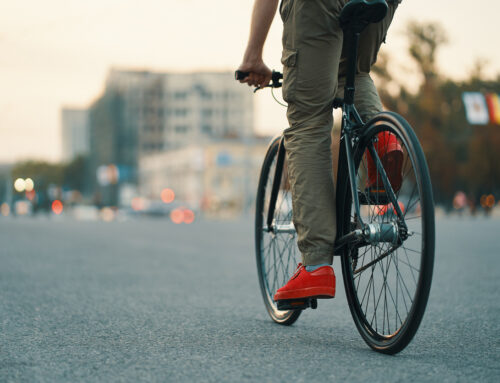
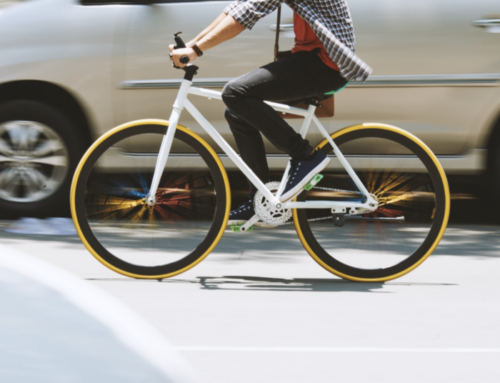
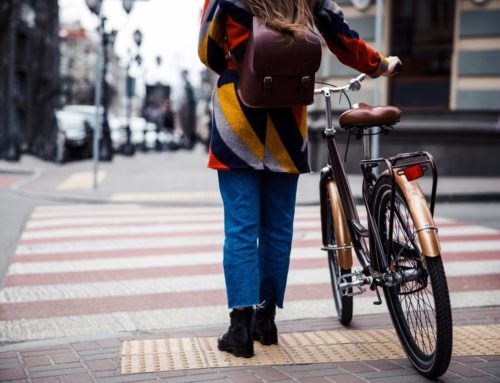
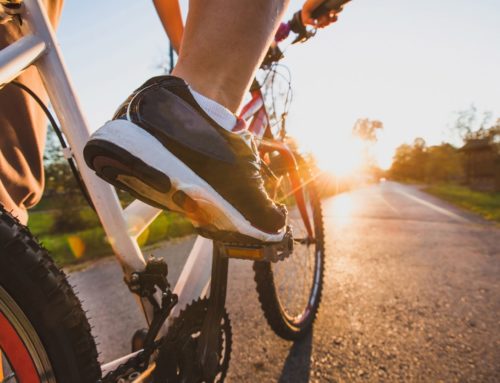
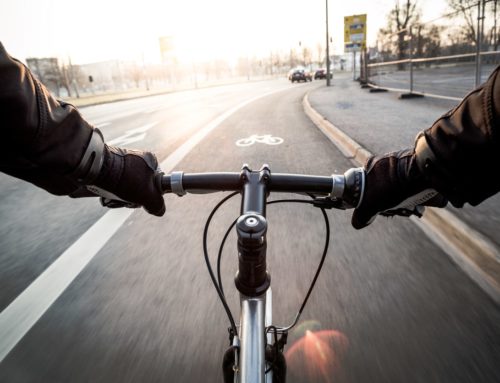
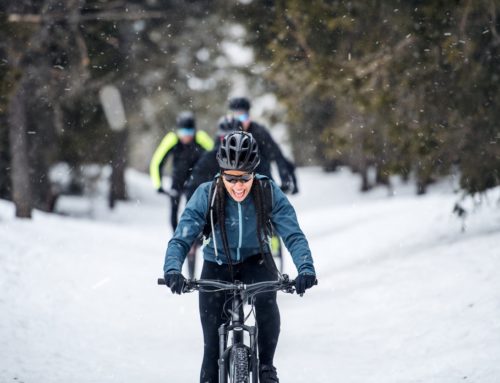
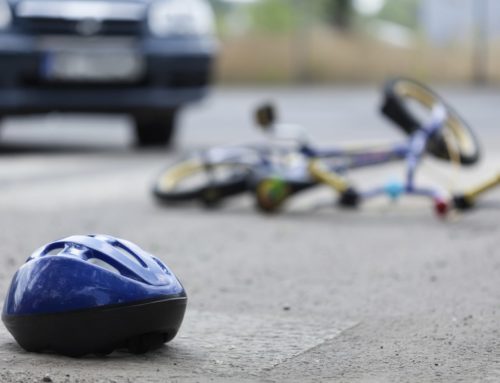
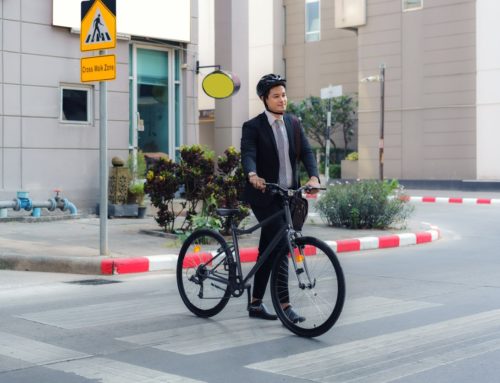
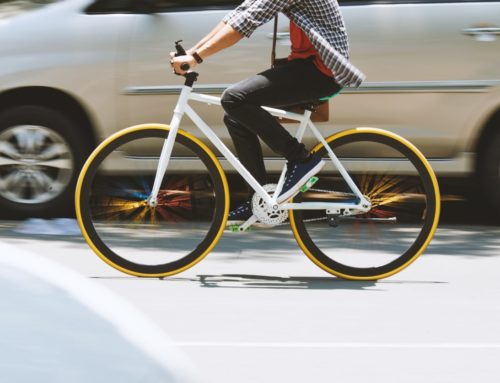
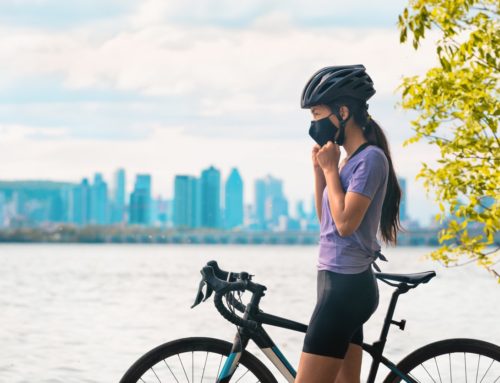
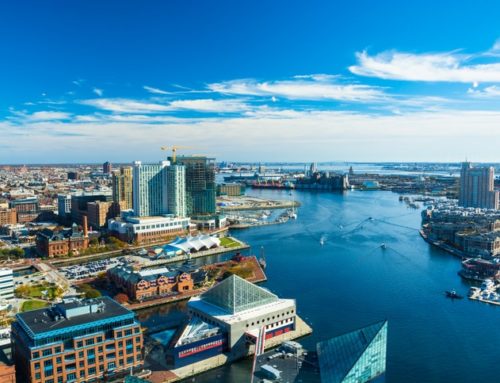
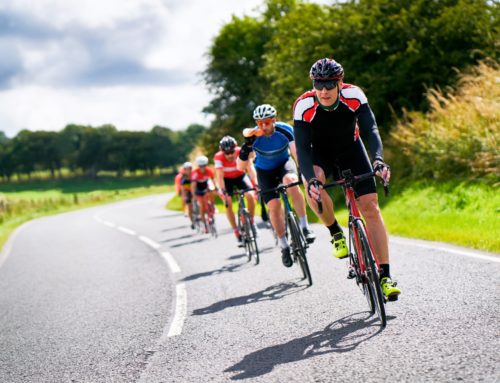
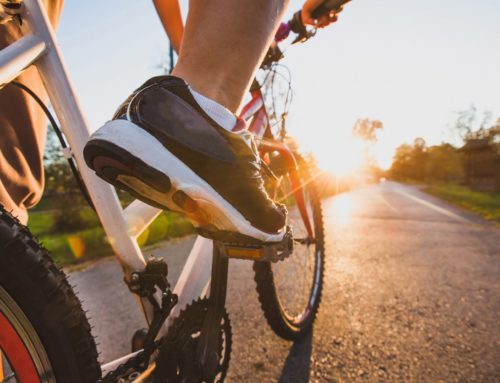
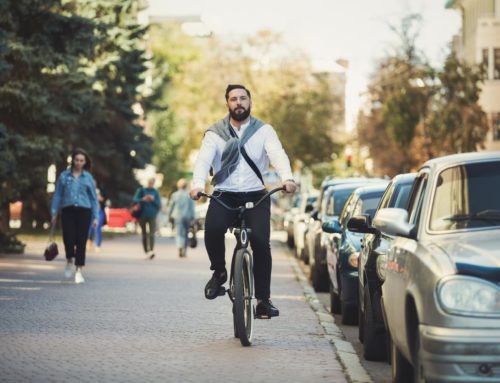
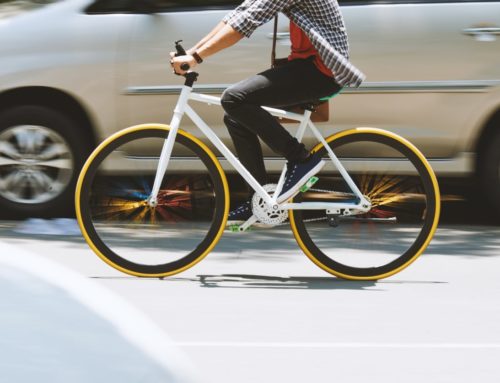
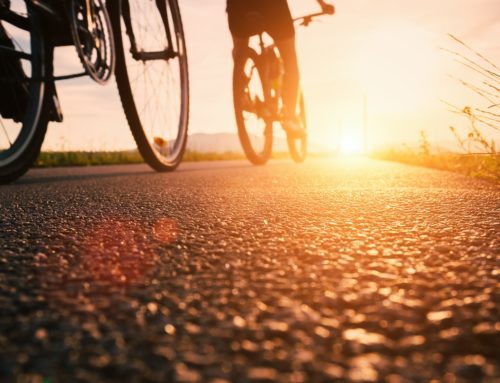
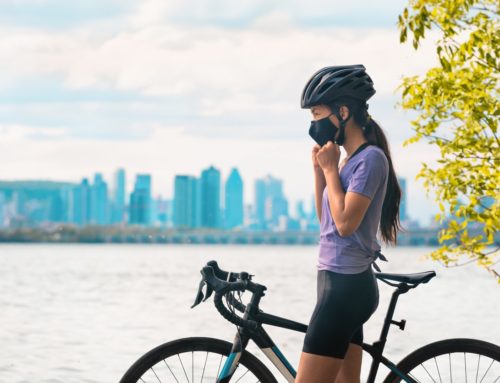
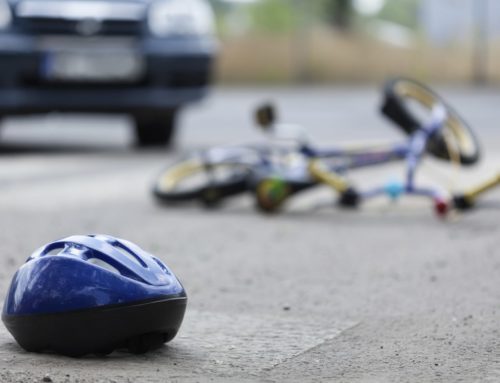
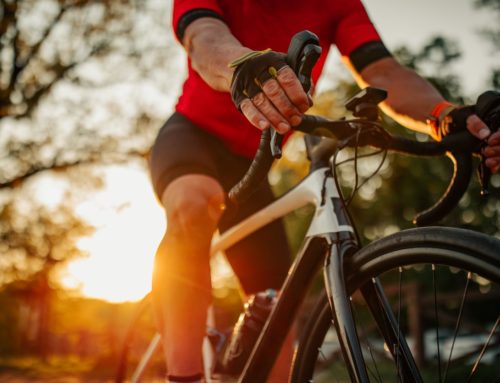
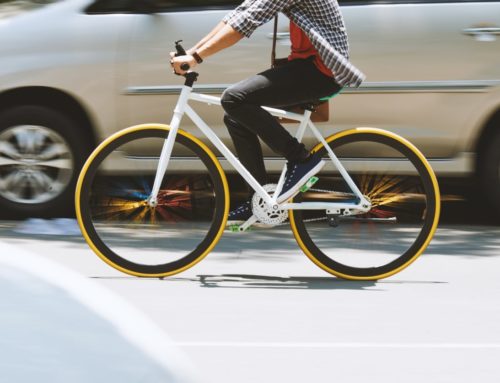
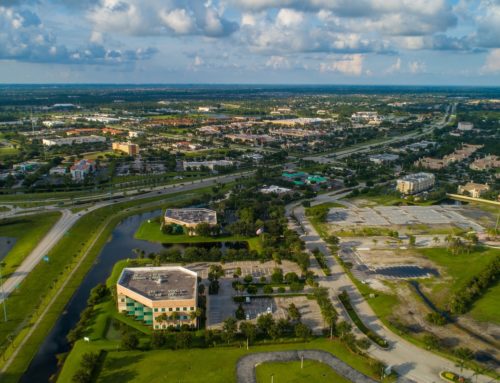
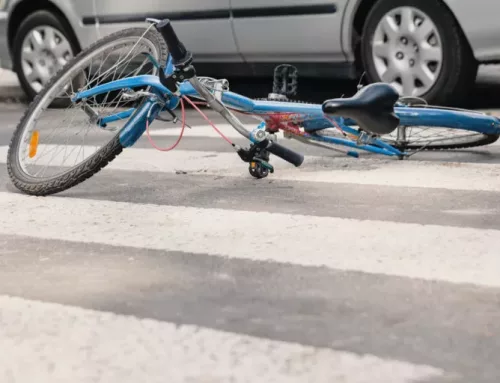
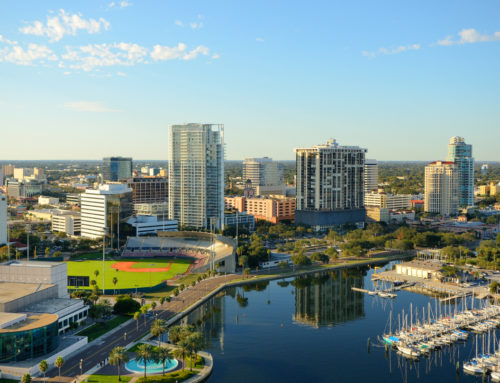
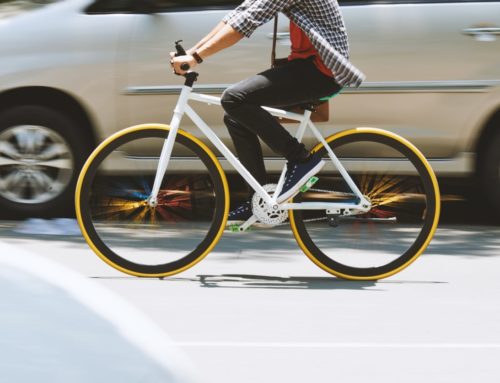
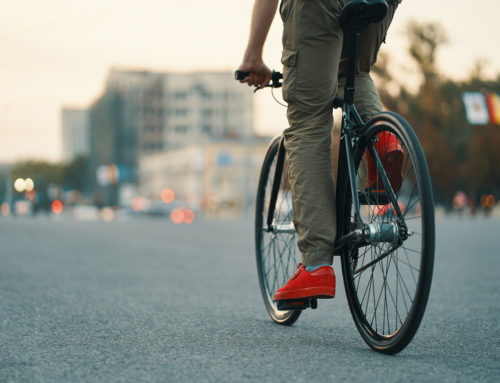
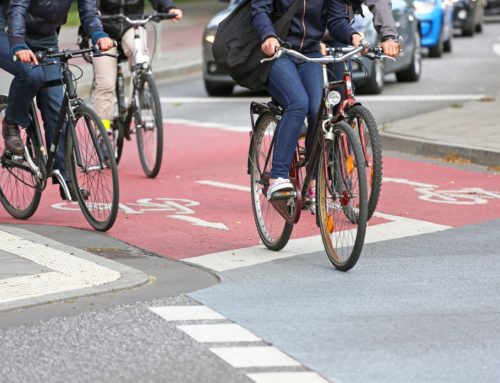
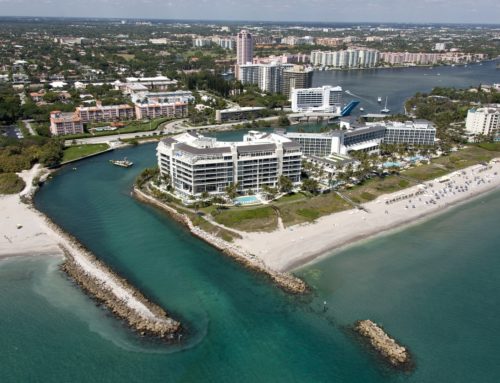
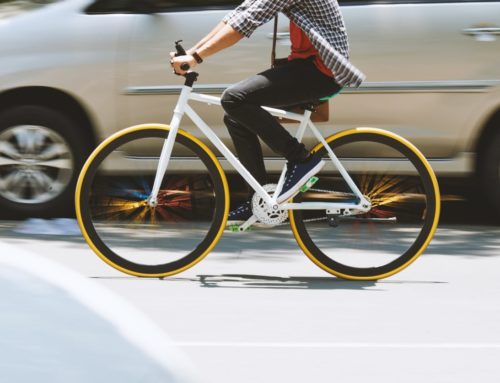
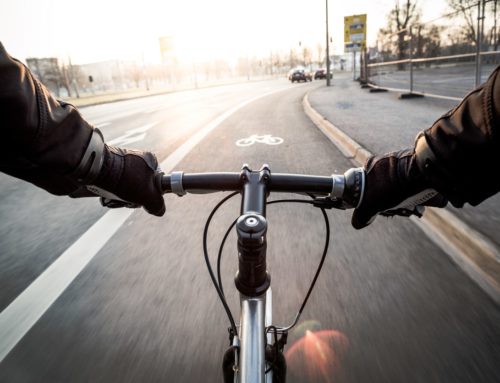
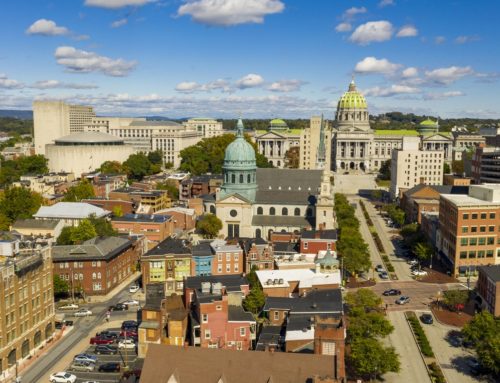
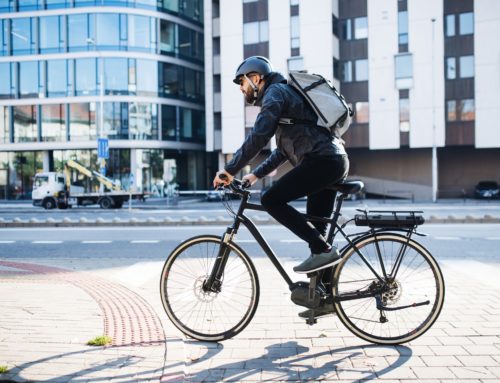
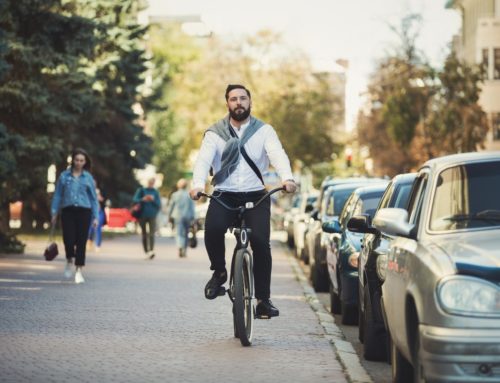
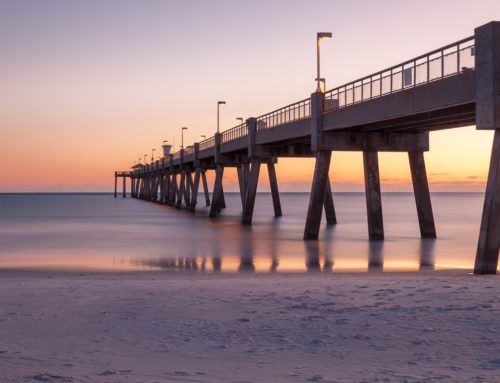
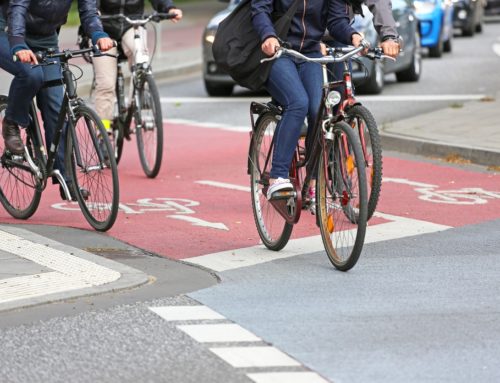
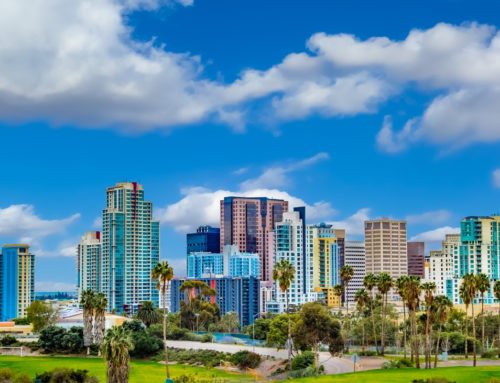
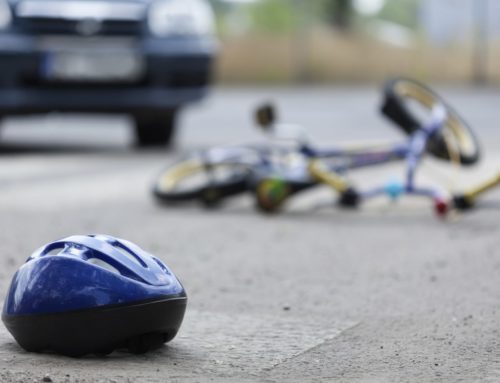
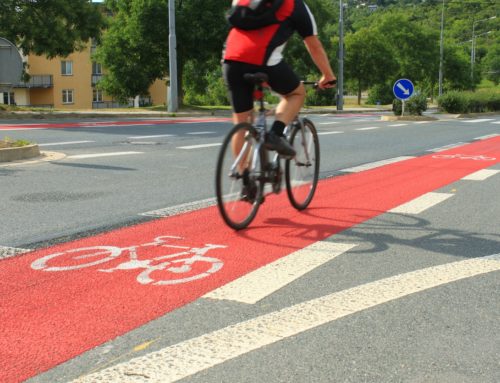
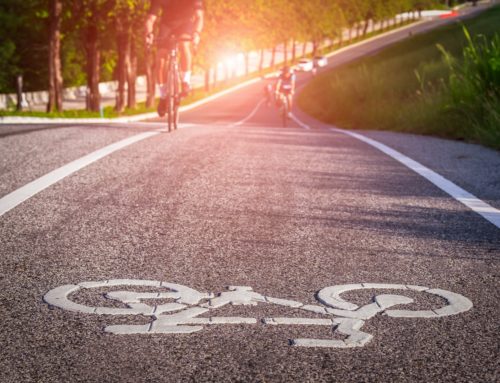
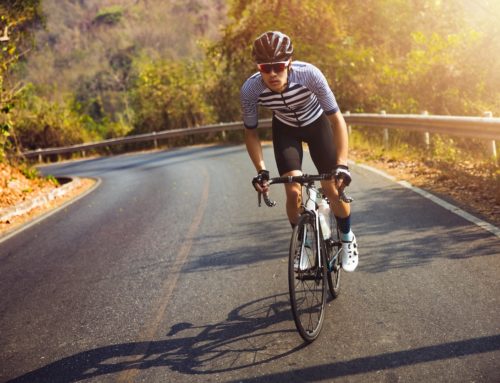
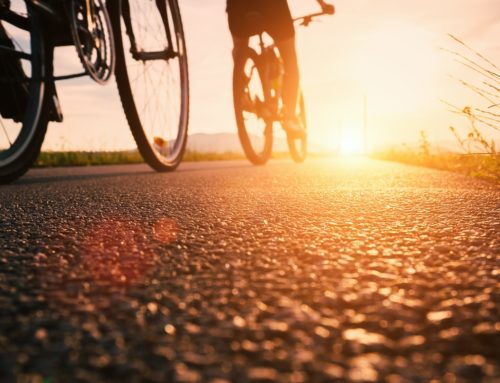
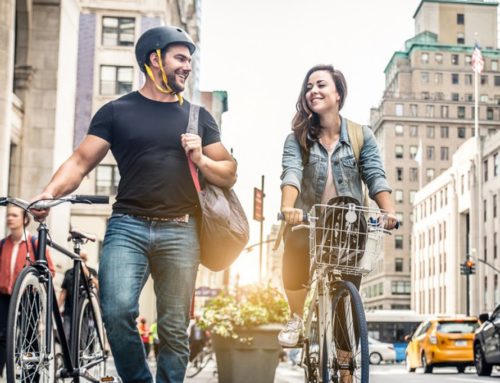
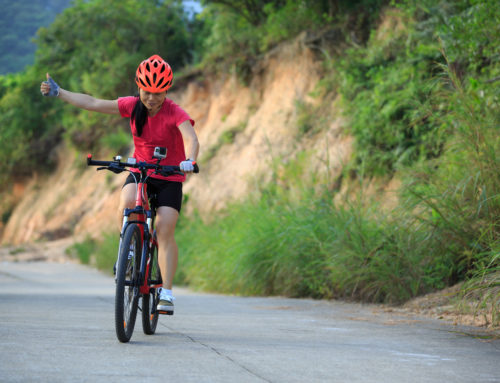
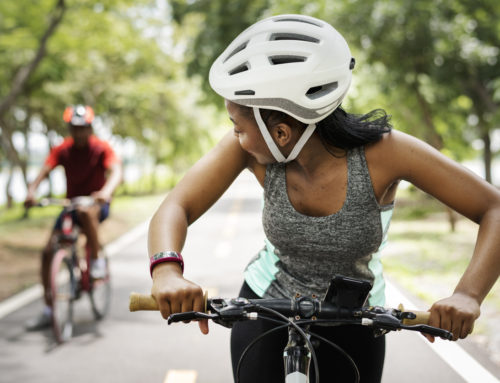
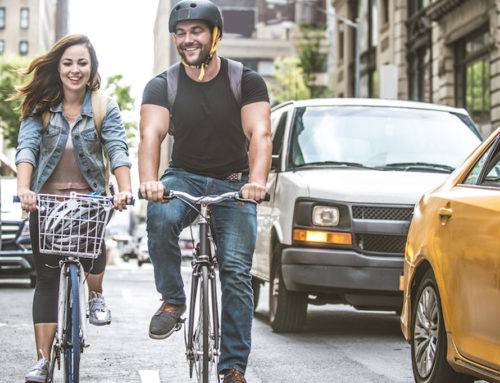
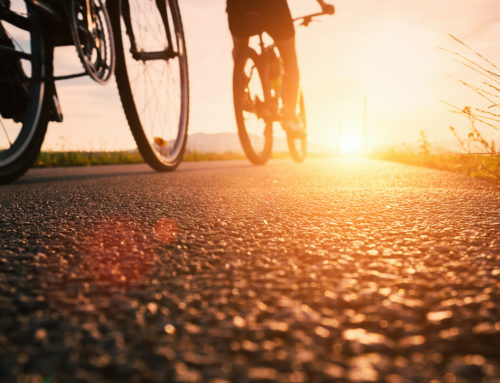
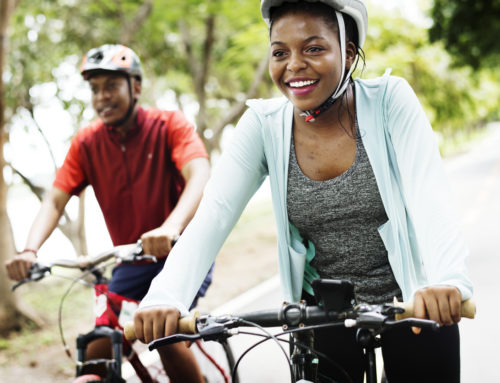
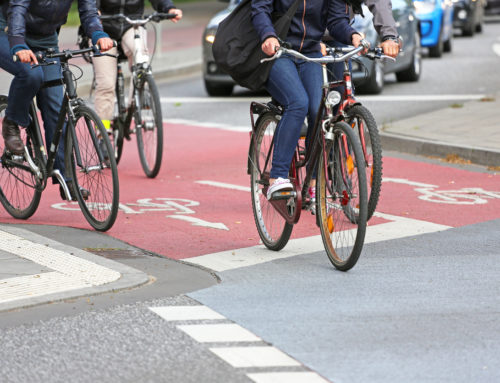
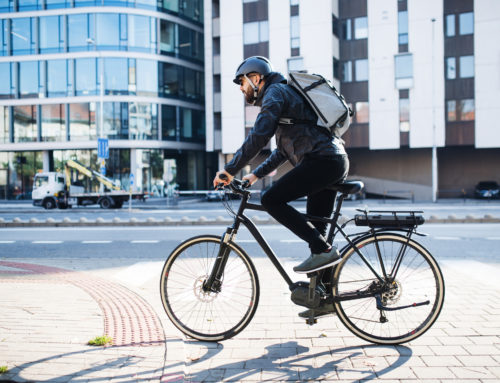
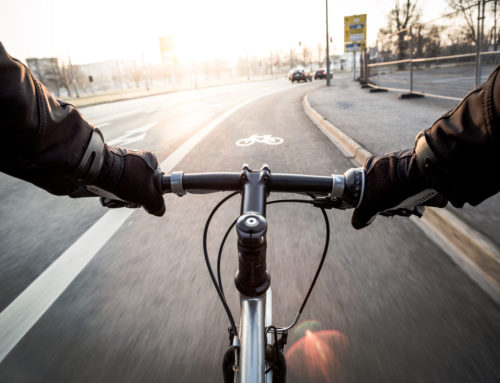

Leave A Comment